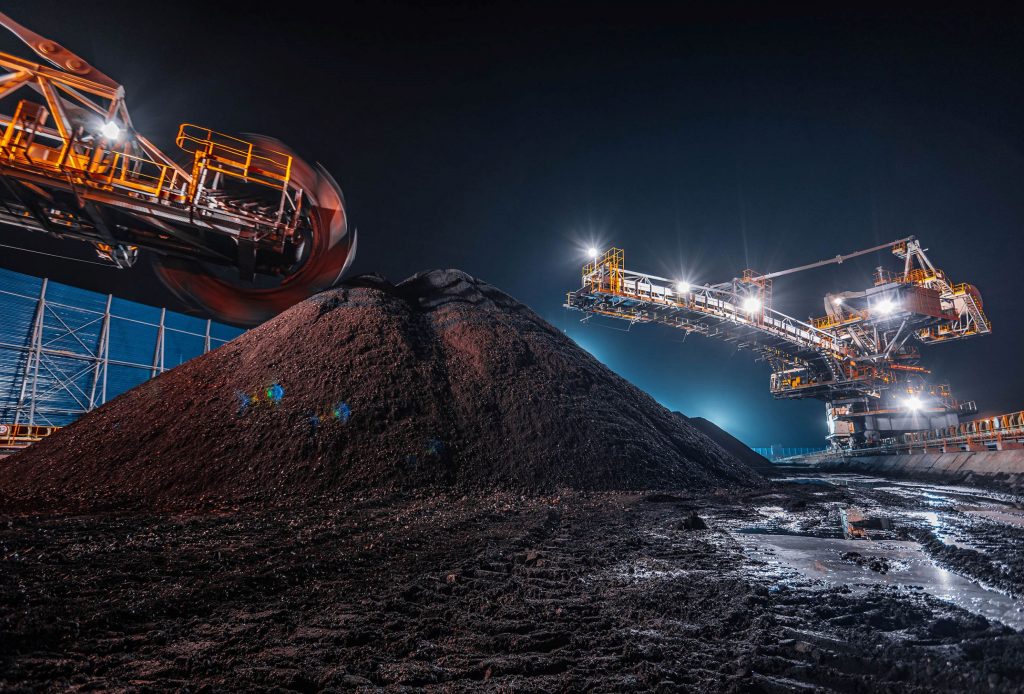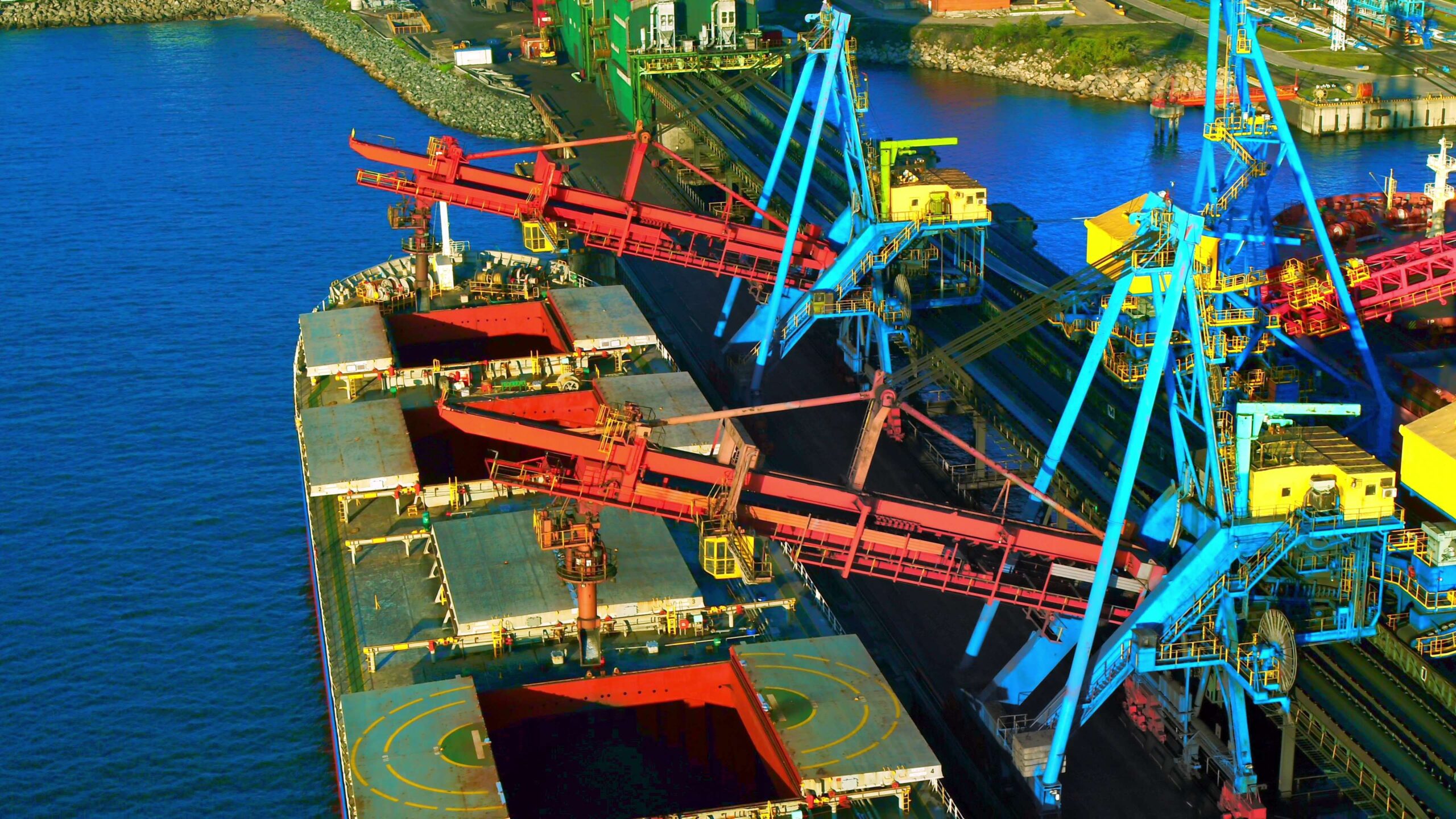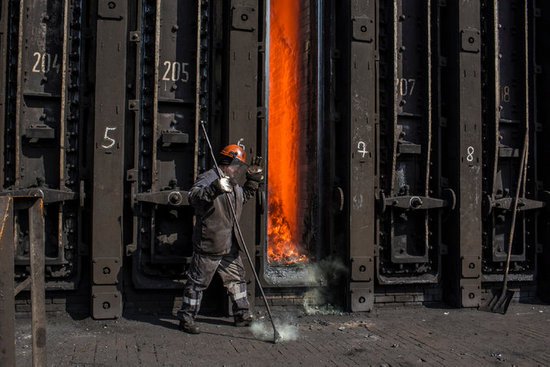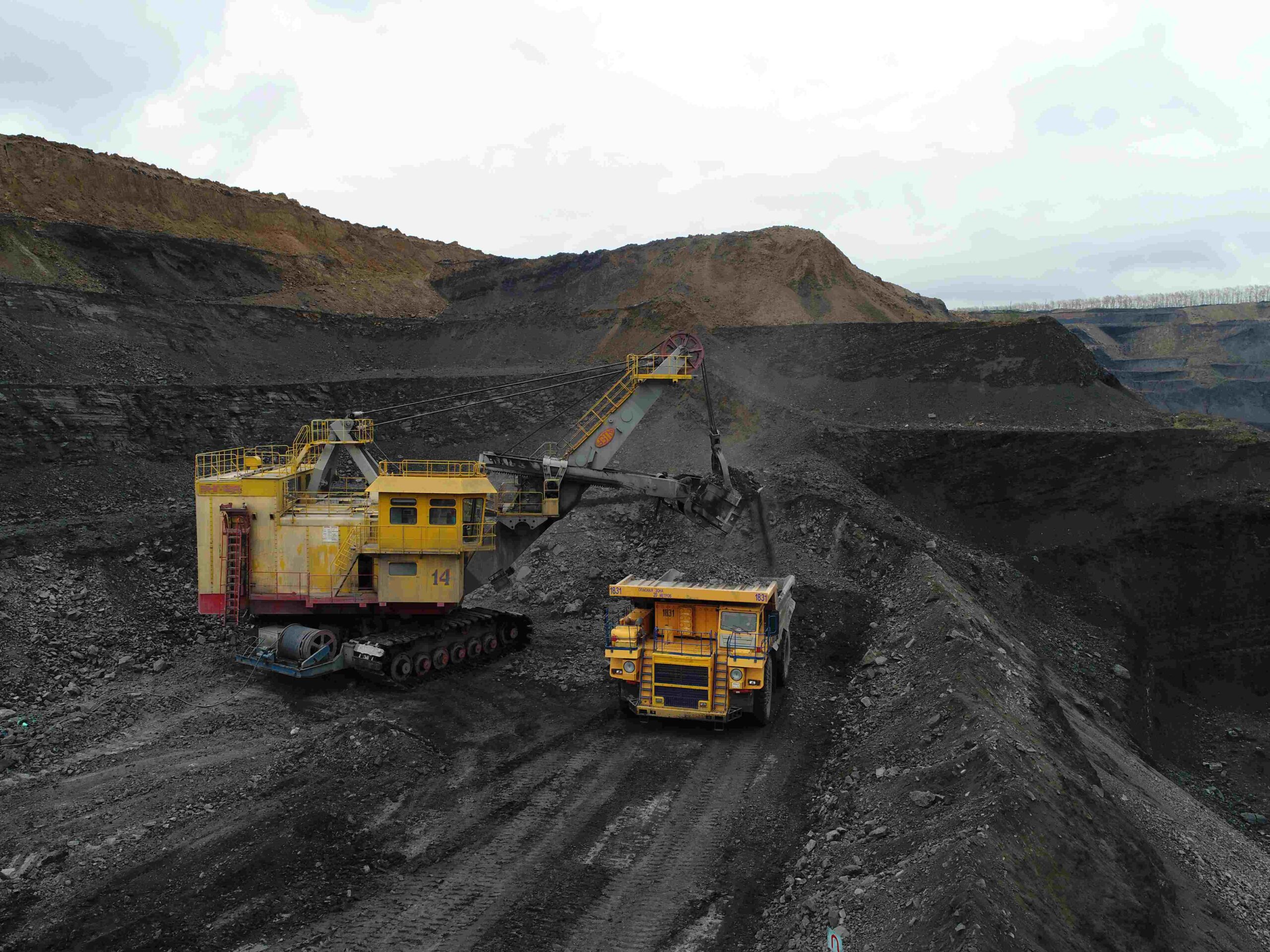

Thermal coal indices on the European market settled at 150 USD/t amid uncertainty on the gas market, rising gas prices and cold weather in a number of European countries. European gas storages are 59% full, down almost 3% since December 15, 2021, while gas quotes soared to new all-time highs over 2,200 USD/m3.
Last week, LNG tankers bound for Asia turned towards Europe, where gas prices are currently much higher than in any other market. On December 22, 2021, there was a correction in coal prices due to the published warming forecast.
The index of Russian FOB Ust-Luga 6000 amounted to 175 USD/t, supported by difficulties with the delivery of material to ports due to congestion on the railroad amid snowfalls and below-season temperatures.
South African material prices were supported above 150 USD/t, driven by continuing logistical problems on Transnet’s rail network and extremely low coal inventories at Richards Bay Coal Terminal (RBCT), which stood at 1.8 mio t (-0.3 mio t w-o-w). Due to the forecast of further decline in freight costs and the growth of indices, it is expected that in Q1 2022, some shipments from South Africa may be redirected to Europe instead of India.
In China, spot prices for 5500 kcal/kg NAR fell to 160 USD/t FOB Qinhuangdao. The drop followed an increase in domestic production and a weakening of economic activity. In addition, the largest Chinese coal company Shenhua Energy, which produces thermal coal, lowered its prices for monthly contracts by 31 USD/t for the period December 21-28, which was the largest decline in recent years and had a negative impact on the prices of the spot market.
Australian coal prices strengthened above 185 USD/t amid continued adverse weather in Australia.
The indices of the Indonesian 5900 kcal/kg GAR were at the level of 126 USD/t. There was a slight improvement in trade activity from China and India. Coal India on December 20, 2021, announced its plans to increase production to meet growing domestic demand, as demand has grown 8.2%, while the production has risen 6.9% over the past 5 years, resulting in a supply shortfall of more than 200 mio t each year.
Australian metallurgical coal prices continued to remain slightly above 340 USD/t on the back of adverse weather, which caused disruptions in the supply of the material.
Source: CAA Analysis













